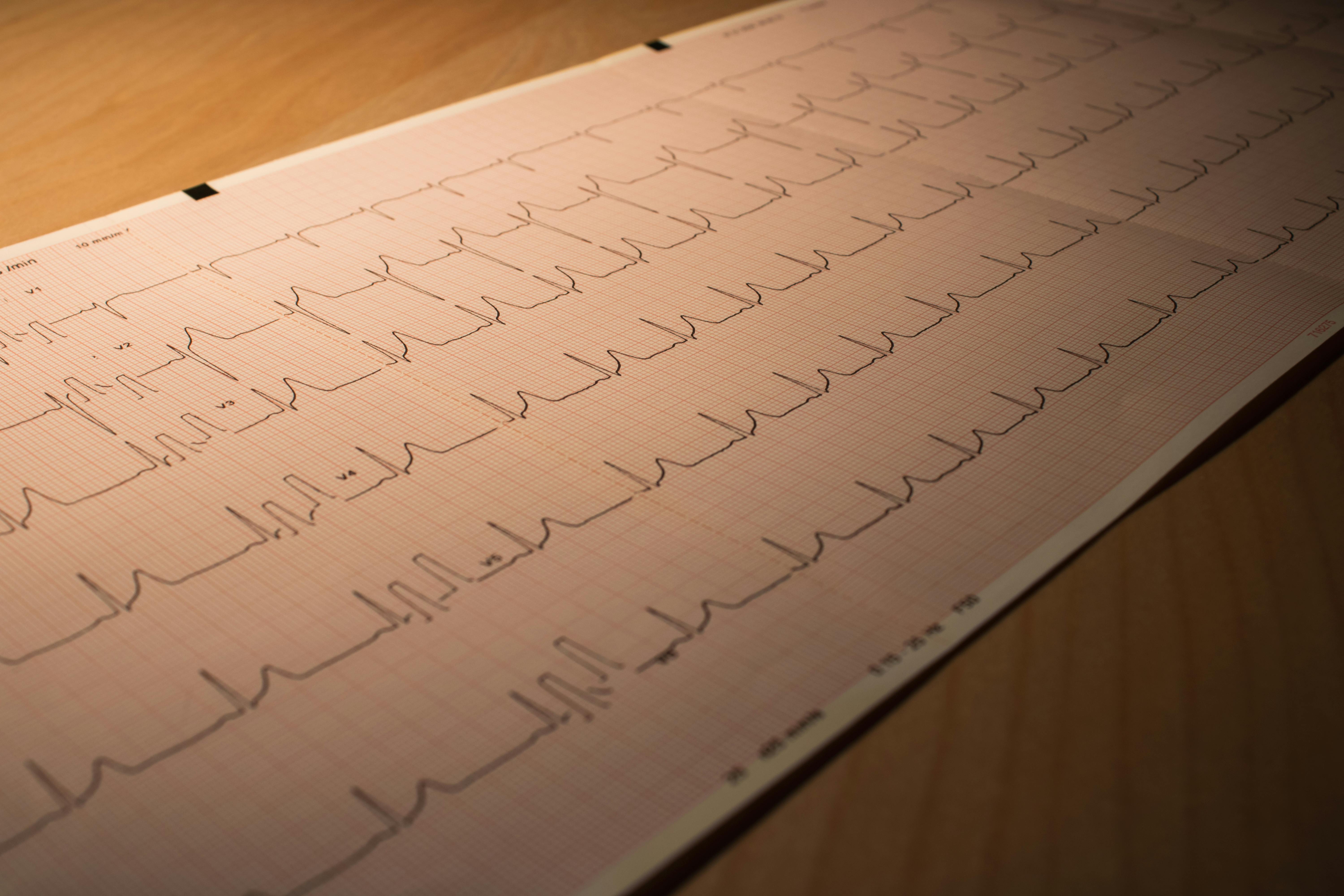Cedars-Sinai study shows new method to reduce heart damage and inflammation post-heart attack.
new study from Cedars-Sinai researchers shows an innovative way to help heart attack patients recover more quickly. This new method uses a technique that boosts the body’s natural ability to produce certain immune cells that reduce inflammation and speed up healing. Heart attacks, which happen when blood flow to the heart is blocked, affect more than 800,000 people in the U.S. every year and are a leading cause of death. While medical advancements have significantly improved survival rates, many people who survive heart attacks still face complications from inflammation, which can lead to heart failure.
The inflammation that follows a heart attack is one of the biggest challenges doctors face when treating these patients. In many cases, the body’s immune system overreacts, causing damage to the heart and weakening its ability to pump blood effectively. The researchers at Cedars-Sinai focused on this problem by trying to find a way to stop the immune system from overreacting. Their solution was to increase the number of regulatory T-cells, or Tregs, which help keep the immune system in check and prevent it from causing too much damage.

Typically, getting more of these Tregs into a patient’s body requires extracting them, growing them in a lab, and then infusing them back into the patient. However, this process takes too long to be useful during a heart attack, which requires immediate intervention. So the Cedars-Sinai team decided to look for a faster way to increase the body’s natural production of Tregs.
They found that extracellular vesicles—small sacs released by cells—could deliver a molecule called BCYRN1, which helps boost the production of these helpful immune cells. When the team injected these vesicles into mice that had just suffered heart attacks, they saw promising results. The mice that received the vesicles had more Tregs in their hearts, less inflammation, and less heart damage compared to those that did not receive the treatment. Their hearts also kept more of their pumping ability, which is key to preventing long-term heart failure.
The extracellular vesicles used in the study were produced by cardiosphere-derived cells (CDCs), which are heart cells that can be used to help repair heart tissue. These cells are special because they naturally contain high amounts of BCYRN1. By using CDCs to create the vesicles, the researchers were able to quickly deliver BCYRN1 to the heart of the mice after their heart attacks.
While the study was done in mice, the researchers believe that the same technique could be adapted to help human patients as well. The potential applications of this discovery go beyond heart attacks. The method could also be used to treat other diseases that involve inflammation, like lupus or organ transplant rejection. The researchers are hopeful that this approach could lead to new treatments for these conditions in the future.
Cedars-Sinai’s research could be a game-changer in how we treat heart attacks. It’s an example of how science is looking at the body’s own systems to find new ways to heal itself. By enhancing the body’s immune response in a targeted way, it may be possible to repair heart damage more effectively, reduce the risk of heart failure, and improve the lives of people who survive heart attacks. As the research moves forward, it could pave the way for safer, faster treatments that help more people recover from heart attacks and other inflammatory diseases.
Sources:
Cedars-Sinai study shows rapid healing of heart damage with cell therapy


Join the conversation!